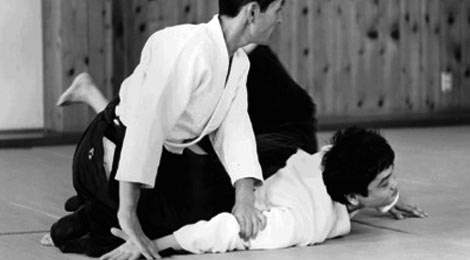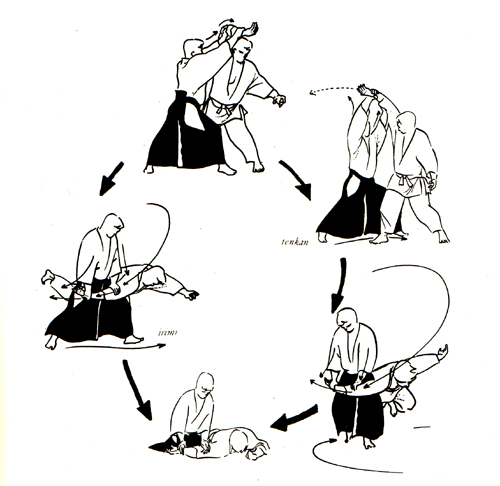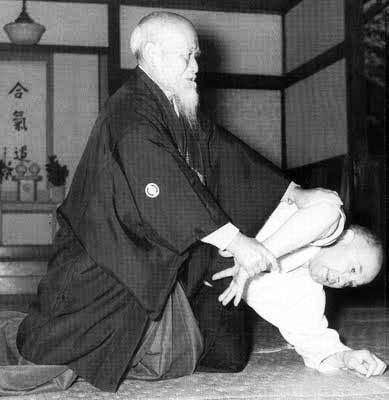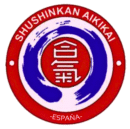Ikkyo (一教)
Ik: first.
Kyo: form, model, teaching, principle.

Literally the first teaching, it is indeed the first of the control techniques, although it is far from being the simplest.
In O'Sensei's words: "Iriminage, Shihonage: 10 years of practice. Ikkyo: a lifetime."

From a technical standpoint, Ikkyo neutralizes an attack by holding uke's elbow, but, as with the other techniques, it doesn't fight against the partner's line of force. This isn't a painful hold, but it works very well for keeping uke immobilized.
This technique is crucial to the development of an aikidoka. Nobuyoshi Tamura stated that Ikkyo is the “foundation of all techniques; all techniques begin there…and return there.”

Applying Ikkyo requires complete awareness of one's own and opponent's centers, as well as the point of contact; we are the ones who decide when and how this occurs.
Ikkyo was defined by O Sensei as an important lesson in communication, with the following words:
“If the opponent attacks openly and decisively, he will continue forward. This is an important lesson in communication. If communication stops, the movement ends. If one changes position after the attack has begun, and the opponent doesn't adapt to the change, the omission means death. One will find oneself beyond his reach, while he will offer an opening at his most vulnerable moment. Uke must follow the movement, trying to read the opponent's position. It is his only chance.”
Therefore, it is necessary for both tori and uke to listen carefully to each other's movements. If the expression is not sincere or we don't maintain the process of connection (communication), our movement will stop or we will fail to adapt to our training partner's actions, and this will put us in a vulnerable position.
.
When practicing Ikkyo, we will frequently encounter a feeling of clashing or struggling that arises when our technique does not fully merge with the attack, or when we are not stable and relaxed enough to redirect the attack's energy firmly but gently.
.
In our daily lives, we'll experience these sensations in a conflict or argument; we'll feel like we're pushing or fighting. In these cases, the foundations that allow us to resolve our communication conflicts are exactly the same ones that allow us to develop our Ikkyo.
The New York Aikikai
Regarding our attitude in approaching Ikkyo, O Sensei said that.
“When you wake up each morning, your mind should be open, free from the events of the previous day, and in this way you should approach each Ikkyo.”
This statement reflects the concept of Shoshin. Ikkyo teaches us to communicate honestly and to constantly see the world through fresh eyes.
